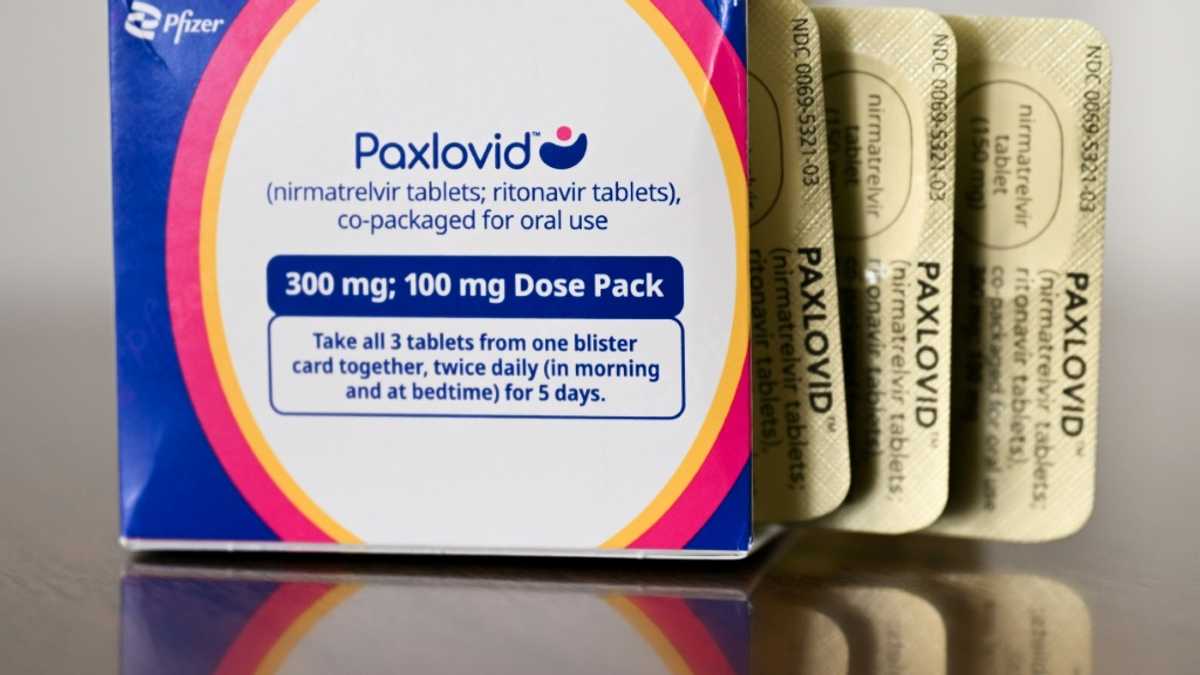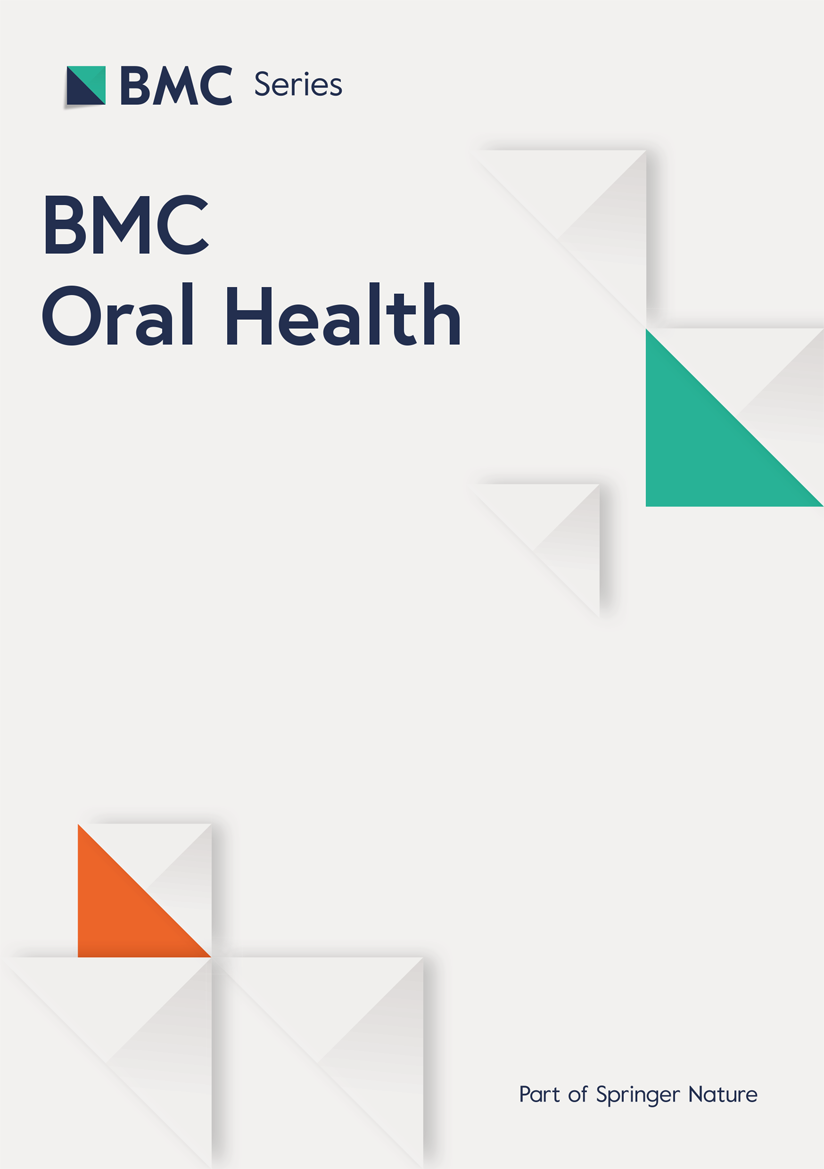International Journal of Emergency Medicine volume 18, Article number: 70 (2025) Cite this article
The prevalence of Type 2 Diabetes Mellitus (DM2) is rising, affecting 462 million globally, including 21 million in the U.S. Emergency Department (ED) visits by adults with diabetes in the U.S. increased by 54% from 2012 to 2021 and represent a significant portion of global ED visits. Concurrently, 62% of U.S. adults report lifetime alcohol consumption. This study aimed to correlate AUDIT-C scores to changes in glucose and HbA1c levels in patients with DM2. Previous research has produced mixed results on whether light-to-moderate alcohol use improves or worsens glycemic control. Using a large urban ED dataset, this study seeks to better define this relationship and guide interventions for alcohol use in patients with DM2.
Data from Long Island Jewish ED (January 2022–October 2023) was analyzed. Patients were included based on an HbA1c ≥ 6.5 or a secondary discharge diagnosis of DM2. AUDIT-C scores were treated as a categorical variable, as no dose-dependent relationship was observed. Statistical analysis was conducted using SPSS 26.
Non-zero AUDIT-C scores were significantly associated with increases in POCT-Blood Glucose, estimated average glucose, and HbA1c. A linear regression model showed an R-value of 0.047 (p < 0.001) for POCT-Blood Glucose in patients with HbA1c ≥ 6.5. Patients with an AUDIT-C score ≥ 1 had higher mean POCT-Blood Glucose (249.72 vs. 226.48, t = 4.240, p < 0.001). Estimated average glucose showed an R-value of 0.045 (p < 0.001), with a mean difference of 11.872 (t = 4.155, p < 0.001). For HbA1c, the R-value was 0.036 (p = 0.004), with higher levels in patients with AUDIT-C ≥ 1 (8.265 vs. 7.904, t = 2.844, p = 0.005). The effects were more pronounced in African-American and Asian-American populations.
Alcohol use, even at moderate levels (AUDIT-C = 1), was associated with higher glucose and HbA1c levels in patients with DM2, particularly among African-American and Asian-American populations. These findings suggest the need for substance use interventions at lower AUDIT-C thresholds and further considerations to mitigate future risk in this population.
Diabetes Type 2 (DM2) is one the most common chronic diseases in the United States [1]. In 2016 and 2017, all-cause Diabetes ED visits were 400.8 per 10,000 patients nationally. Minority and uninsured populations also had high rates of ED usage as the primary point of care for their Diabetes management [2]. The power that the ED can have in intervention and modification of treatment in this patient base further warrants the investigation of modifiable risk factors related to Diabetes and glycemic control. DM2 is associated with underlying insulin resistance and pancreatic B-cell dysfunction, all of which can be precipitated by chronic alcohol use [1] 62% of US adults claim to drink alcohol which illustrates the prevalence this interaction could have. [3]. Some studies have suggested that light-moderate alcohol use was associated with better glycemic control in patients with DM2. It is hypothesized this is due to a decrease in insulin resistance particularly in women [4], but the correlation may also be associated with other lifestyle factors [9]. In a systematic review, the authors described the state of research around alcohol and DM2 as ambiguous with beneficial effects only being seen in women and absent in certain demographics. Particularly the results related to consumption of alcohol on glucose and A1c values showed mixed results [5]. One study correlated any alcohol use in general to poor glycemic control in patients with DM2 and led to increases in diabetes complications [6]. They cited poor treatment adherence and negative lifestyle associated with alcohol use as possibilities for these issues.
The current study aims to assess the relationship of alcohol to glycemic control. The AUDIT-C is used to stratify an individual’s risk of an alcohol use disorder [7]. Northwell’s Screening, Brief Intervention, and Referral to Treatment (SBIRT) for addressing alcohol and drug use as part of usual care starts with a four-item pre-screen (AUDIT-C for alcohol use and DAST-1 for drug use) administered as part of the primary nursing assessment in the ED. If the patient reports any alcohol use on the first question, the 3-question AUDIT-C is administered. Currently any score higher than 3 on the AUDIT-C scale triggers an SBIRT consult for an SBIRT Health Coach or a Social Worker to approach the patient for the full 10-question AUDIT, and a conversation with the patient about their alcohol use [8]. This involves patient education on the dangers associated with drinking moderate-high levels of alcohol and strategies to curb the trend. The objective of this project is to determine if the threshold for an SBIRT consult should be lower than 3 in patients with diabetes, in line with recent research regarding low level alcohol use and comorbidity, [5] and given the unique risks alcohol consumption can pose to patients with diabetes [9]. Currently the American association of Diabetes suggests no more than one drink-per-day for women and no more than two drinks-per-day for men [9]. One of the core tenants given in treatment guidelines by the American association of Diabetes is patient centered conversation discussing the risk factors associated with drinking and Diabetes. They also suggest that drinking while on medication for DM2 may result in hypoglycemia which is an acute medical emergency [9].
A spreadsheet extract of EHR patient data at LIJ ED, dating from January 2022 to October 2023 was used for this study. LIJ is a 583-bed non-profit tertiary care teaching hospital in Queens, NY, the most diverse county in the nation. The ED alone sees over 100,000 patients a year.
Visits were identified in two ways, by using the NIH HbA1c value of 6.5 as indicative of diabetes, or a primary/secondary discharge diagnosis of DM2. A total of 181,079 patient visits were included in this analysis, 9,349 of them having HbA1c > 6.5 and 7,847 receiving AUDIT-C screening. Patients with missing data were excluded from analysis. Each visit was included as a unique entry into the data set. Table 1 shows a demographic breakdown of included visits. IBM SPSS statistics version 26 was used for analysis. Linear regression and T-tests were used to examine the relationship between AUDIT-C scores and Point of Care Tests (POCT) for blood glucose, Estimated average glucose (via blood test), and HbA1C result. Medication adherence, dietary factors and BMI were not accessed during this study.
AUDIT-C responses from universal SBIRT screening were transformed into a categorical variable since a dose-dependent increase was not seen in preliminary analyses. The main difference was seen in patients who had a non-zero AUDIT-C compared to those who had an AUDIT-C of 0. The sensitivity of AUDIT-C at a score of greater than or equal to 1 is 100% while the specificity is 50% [10]. An AUDIT-C of 3 or more in women and 4 or men has classically been used to define hazardous drinking [10]. The use of an AUDIT-C of 1 was used in this study to determine if hazardous effects were seen at a lower level of drinking in patients with DM2. The AUDIT-C was administered by the patient's primary nurse along with other health behavior screenings. POCT Blood glucose represents the first finger stick value upon ED arrival while estimated average glucose, and Hb1ac values are calculated from blood work. Subgroup analysis based on gender, past medical history, medications, chief complaint, race and age were conducted via the same methods listed previously. Sensitivity analysis, including a normal P-P plot of residuals indicates the model may be skewed, which is a limitation, but there are no major outliers.
The data set contained 181,079 unique patient visits and 117,980 patient records. 9,349 patient visits had Hb1ac levels over 6.5 and 8,714 had Diabetes listed as a secondary discharge-diagnosis. 4,080 of these patients visited the ED more than twice during the span of the study. No differences were noted between these groups during statistical analysis. 7,487 of these patients were prescreened with AUDIT-C with 716 of them having AUDIT-C scores greater than or equal to 1. African-Americans had the highest frequency of Hb1ac levels over 6.5 followed by the Asian population and the Caucasian population.
Any alcohol use, defined as an AUDIT-C score of 1 or greater, was associated with statistically significant increases in POCT Blood Glucose, estimated average glucose and Hba1c levels. This correlation was found throughout all scores and no dose- dependent increase was seen (Tables 2 and 3). POCT Blood Glucose values linear regression model showed a R value 0.047 with significance of 0.000 in patients with an A1c over 6.5. Comparing the means of the two groups using a t-test illustrates that the alcohol use group had a higher POCT blood Glucose (Table 4). The raw values were 226.48 in patients with AUDIT-C of 0 and 249.72 in AUDIT-C of 1 or higher. The t value was 4.240 at a significance of less than 0.001. The preceding pattern was used for analysis of estimated average glucose. The R-value was 0.045 at a significance of 0.000 the difference of the means was 11.872 (199.89 vs 211.72) with a t-value of 4.155 (significance of 0.000) (Table 5). For A1c values, A secondary discharge diagnosis of DM2 was used in statistical analysis. The R value for A1c scores was 0.036 with a significance of 0.004, t value was 2.844 with a significance of 0.005 (7.904 vs 8.265) (Tables 6). An increase in Glucose and A1c levels were seen immediately when comparing AUDIT-C of 0 and 1 (Table 2) and the significance remained the same. The effect of alcohol use on Glucose levels were more pronounced in African-American and Asian-American populations. The R value for African-Americans was 0.078 (significance 0.000) with a T value of 4.022. The mean difference was 41.209 for POCT Blood Glucose. The estimated average glucose had an R value of 0.077 (significance 0.000) with a t-value of 3.889 and a mean difference of 22.395 (Tables 3, 7 and 8). The Asian population was the only population that saw a dose-dependent increase. When dose was considered in the Asian population with POCT Blood glucose the R value was 0.046 with a significance of 0.028 and the POCT Blood Glucose/Estimated average glucose mean values increased as AUDIT-C increased (Tables 3 and 9). Visual representation from Tables 2, 8 and 9 of POCT Blood Glucose and Estimated Average Glucose across AUDIT-C scores was represented in bar graph form on Fig. 1.
Bar graph with legend representing the POCT Blood Glucose and Estimated Average Glucose in Patients with a HbA1c over 6.5 in All races, African Americans and Asian Americans
The main results of the study show that patients with Diabetes who drink any level of alcohol have higher glucose and a1c levels (Tabes 2,6). Linear regression models define this correlation as statistically significant (Tables 3, 7 and 6). T-tests show that the mean difference between AUDIT-C scores of 0 to AUDIT-C scores of higher than 1 is significant as well (Tables 4, 5 and 6). When comparing AUDIT-C scores of 0 to 1, the trends remain the same and, in some cases, were stronger (Table 2). Alcohol’s effect on glycemic control was more pronounced in the African American population despite this population having the lowest level of AUDIT-C scores (Tables 3,8, 10 and 11). The Asian population was the only group that saw a dose dependent effect and was also the population with the highest level of AUDIT-C scores (Tables 3 and 9). No differences from the previously stated data were noted when age, gender, chief complaint or at home medications were considered.
The findings of this study differ from previous research which states that low- moderate level of alcohol use is associated with better glycemic control in patients [4]. Specifically, previous research has found that alcohol use could reduce fasting insulin levels and HbA1c levels. The findings presented in this paper disagree specifically with the HbA1c findings (Table 6) for patients with DM2. This study's strengths were the large number of participants, and a data set exclusively from a clinical setting. Glycemic values across the board were high partly due to the study being patients strictly with a history of diabetes or a1c values over 6.5 but also may have exacerbated by the setting. Regardless of this, patients with DM2 who drank any level of alcohol presented with worse glycemic values. Interestingly, the opposite correlation held true for the general population where AUDIT-C scores were associated with better glycemic control (Table 11). This was more in line with previous research which stated light to moderate alcohol was associated with a lower risk of developing DM2 but made no assertions about alcohol use in patients with Diabetes [4]. Overall, worse glycemic control was demonstrated by the raised blood glucose values and worsening A1c which indicates a worse disease state in patients who drink alcohol [6]. The clinical significance of 0.36 increase in HbA1c (Table 6) and a 11.872 increase of estimated average glucose (Table 5) may have a marginal effect on the current clinical picture of the patient but do represent clinically significant values when viewed chronically. Specifically, At HbA1c levels greater than 7.5 the risk for ischemic stroke, coronary heart disease and all cause death increased as HbA1c increased indicating the importance this value has on the progression of DM2 [11]. Similarly, At Glucose levels over 100 mg/dl, the incidence of premature mortality and vascular complication increases as glucose goes up [12]. With the frequency of all-cause Diabetes visits and the use of ED as a primary point of care in many groups [2] preventive measures such as patient education at the present visit can aid at reducing the risk of complications down the road. Furthermore, the interaction of DM2, alcohol and current state of the patient could aid in refining treatment plans especially considering the aforementioned increases in vascular risk.
Data on what type of alcoholic beverage patients were drinking was not taken but many popular drinks are known to contain large amounts of sugar. Sugary drinks can lead to higher glucose levels and a higher risk of adverse effects associated with DM2 [13]. Combined with the previous data which suggest alcohol use in DM2 can lead to higher levels of organ damage [6] and the preceding data in this paper, Sugary Alcoholic drinks should be a large focus of intervention. The pathophysiology of alcohol intake remains partially unclear, but some hypothesized effects could occur in this population. Namely, Alcohol use can be associated with increased insulin resistance, impairing the body's ability to uptake glucose into cells [1, 14]. Leptin, another endogenous hormone, is critical for satiation and can be affected by alcohol consumption [15, 16]. In line with insulin resistance, leptin resistance can develop with alcohol use which can be another cause of hyperglycemia. Chronic alcohol consumption has been correlated to an increase in leptin levels which were correlated with increases in insulin levels and resistance [15, 16]; furthering poor glycemic control.
The racial disparities in the data show a strong trend along the lines of previous research. Despite low levels of drinking found in African Americans, the relationship with AUDIT-C and glycemic control was more pronounced. This can possibly signal less access to treatment associated with Diabetes and can highlight a greater call to action to education particularity in the ED. It can also be explained by the average AUDIT-C score of African-American patients with an AUDIT-C score over 1 (with Hb1ac over 6.5) was 2.23 falling under the routine brief intervention benchmark of 3 at this facility (Table 11). Asian Americans in the study drank the most alcohol which could be a key factor to consider in the treatment of these patients (Table 9). This can also partially explain the observed dose dependent increase in the Asian population. The level of dose dependent effect may be seen at higher levels not significant to other groups because of the lower on average AUDIT-C score. It is important to note that an immediate effect (AUDIT-C = 1) is still seen in estimated average glucose in this population which is in line with the other groups (Table 2 and 9). Factors such as Socio-economic status, stereotyping racism, health care access and patient education are contributors to health disparities associated with DM2 [17]. African and Asian Americans with Diabetes received less HbA1c testing, eye exams, foot exams and flu vaccination than Caucassin Americans [18]. They also received less education than Caucassian Americans did. The exaggerated negative response of glycemic control to alcohol, specifically in African Americans, could be a product of a worse disease state leading to increased sensitivity of the delirious effects of alcohol use although future research would be needed in this area.
Confounding factors such as medication adherence, BMI, dietary factors, socioeconomic status and Health care access certainly influence the results seen in the study [19]. The results of this study displays the need for alcohol use to be considered as well as the factors listed previously in treatment of the patient. In addition to the benefit of improving glycemic control [6], Lower levels of alcohol use has been associated with better medication adherence which would provide an unforeseen benefit to intervention [20].
Overall, the data indicated an outright need for brief intervention of patients with Diabetes who use alcohol even at a low-moderate level. Northwell’s SBIRT model and “We Ask Everyone” motto provides an opportunity to improve care and patient health in this population. Currently routine screening of “3” on the AUDIT-C screening would generate a consult for a full screening and brief intervention to discuss alcohol use [8]. It is under the guidance of the data in this paper that in patients with DM2, a routine screening of “1” should initiate an automatic consult to further explore a patient's alcohol use and how their use is interacting with their chronic condition in the same way a score of “3” would according the protocol outlined above. This includes motivational interviewing and education about alcohol and other factors that could be having an effect on their health. Successful interventional measures in this population could lead to lower HbA1c scores and average glucose levels which signifies a lesser risk of comorbidities and an improved disease state. The increased need for screening and intervention is accompanied by an increased workload on staff. The location of this study has a standard protocol to screen everyone in addition to having a health coach on standby to give brief intervention [8]. The biggest barrier to implication would be department wide education and ensuring the maintenance of workflow. Implementation of screening at an AUDIT-C of 1 could lower the cost related to the consequences of worse glycemic control.
The study was only conducted in the ED. This could partly explain the higher on average glucose and Hb1ac levels in the entire population. The ED captures acute exacerbations in the patient’s condition which can factor in the generalization of the findings. The data was also collected over one patient visit which could also make the results less generalizable. The acuity level of each patient included in the study varied from patient to patient which could influence glucose and Hb1ac values. Additionally, no alcohol use is potentially a proxy measure for having received better diabetes nutrition education or counseling, which tend to emphasize water and zero-calorie beverages [9]. Confounding factors such as Medication adherence, dietary factors and BMI were not accessed in this study and certainly should be considered in the treatment of the patient. Sensitivity analysis indicates the linear regression model may be skewed, and future studies will explore additional models for examining the relationship between glucose results and self-reported alcohol screening in ED patients. The AUDIT-C is a self-reported screen and is therefore subject to factors such as recall bias and social desirability bias.
The current study displays the negative effect even low-level alcohol use can have on glycemic control in patients with Diabetes presenting in the ED. The current standard of care of a full screening subsequent brief intervention if indicated at an AUDIT-C score of “3” leaves a substantial number of patients without care that may improve their health. Randomized controlled trials aimed at evaluating the benefits of a brief intervention at an AUDIT-C score of “1” could vastly improve health in patients with low level alcohol use and Diabetes. Furthermore, Longitudinal studies can further define the relationship with alcohol use and glycemic control. Future studies investigating the relationship between GLP-1 agonists and Alcohol use can also provide further avenues for treatment in this population [21]. Studies aimed at better defining the racial disparities between glycemic values and alcohol use can better guide brief intervention in these groups as well. Finally, education should be given to staff about the unique alcohol-related risks with DM2 to better guide treatment.
AUDIT-C scores at any level were significantly associated with poor glycemic control in patients with DM2. Any level of Alcohol use in patients with DM2 should warrant intervention and consideration in treatment in order to lower future risk of complication and improvement of current disease state. Racial disparities illuminate further disparities in the treatment of DM2 and can possibly provide further avenues to consider remedying this issue Brief Intervention on the effects of alcohol and diabetes should be given to all patients with DM who drink alcohol to improve their current state. Given the prevalence of diabetes and alcohol use, even a small change can have far-reaching and lasting results.
The data that support the findings of this study are available from the corresponding author upon reasonable request with data sharing agreement.
The authors would like to acknowledge Northwell Health’s Emergency Medicine Service Line Addiction Services team and all team members at Long Island Jewish Medical Center for their dedication to addressing substance use and diabetes within their roles on the healthcare team.
No external funding was used to conduct this study.
This study was determined not to constitute Human Subjects Research by the Northwell Health Institutional Review Board (HSRD24-0217).
Not applicable.
The authors declare no competing interests.
Springer Nature remains neutral with regard to jurisdictional claims in published maps and institutional affiliations.
Open Access This article is licensed under a Creative Commons Attribution-NonCommercial-NoDerivatives 4.0 International License, which permits any non-commercial use, sharing, distribution and reproduction in any medium or format, as long as you give appropriate credit to the original author(s) and the source, provide a link to the Creative Commons licence, and indicate if you modified the licensed material. You do not have permission under this licence to share adapted material derived from this article or parts of it. The images or other third party material in this article are included in the article’s Creative Commons licence, unless indicated otherwise in a credit line to the material. If material is not included in the article’s Creative Commons licence and your intended use is not permitted by statutory regulation or exceeds the permitted use, you will need to obtain permission directly from the copyright holder. To view a copy of this licence, visit http://creativecommons.org/licenses/by-nc-nd/4.0/.
DeMasi, D., Harrison, L., Davis, F.A. et al. Low-moderate alcohol use effects on glycemic control of patients presenting in the ED. Int J Emerg Med 18, 70 (2025). https://doi.org/10.1186/s12245-025-00874-8













